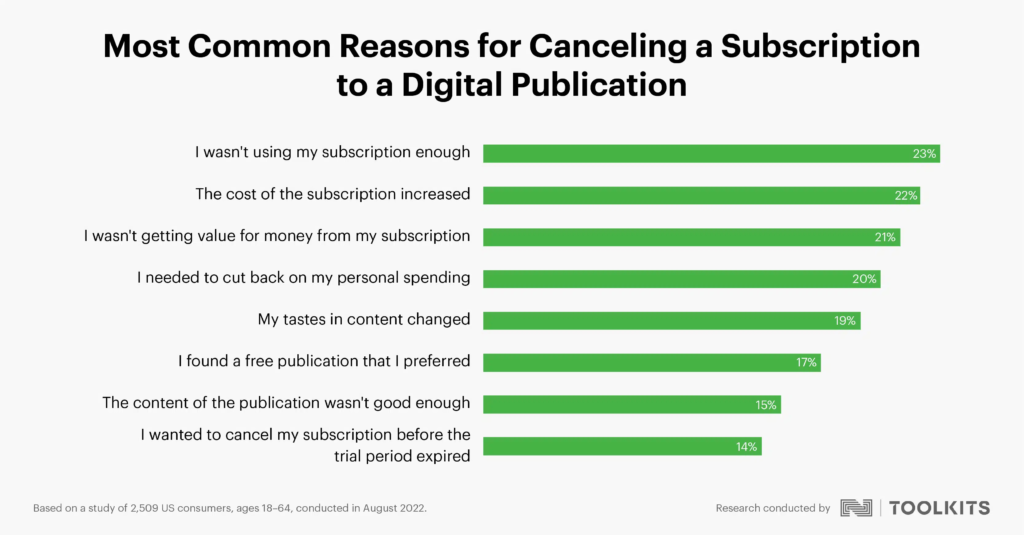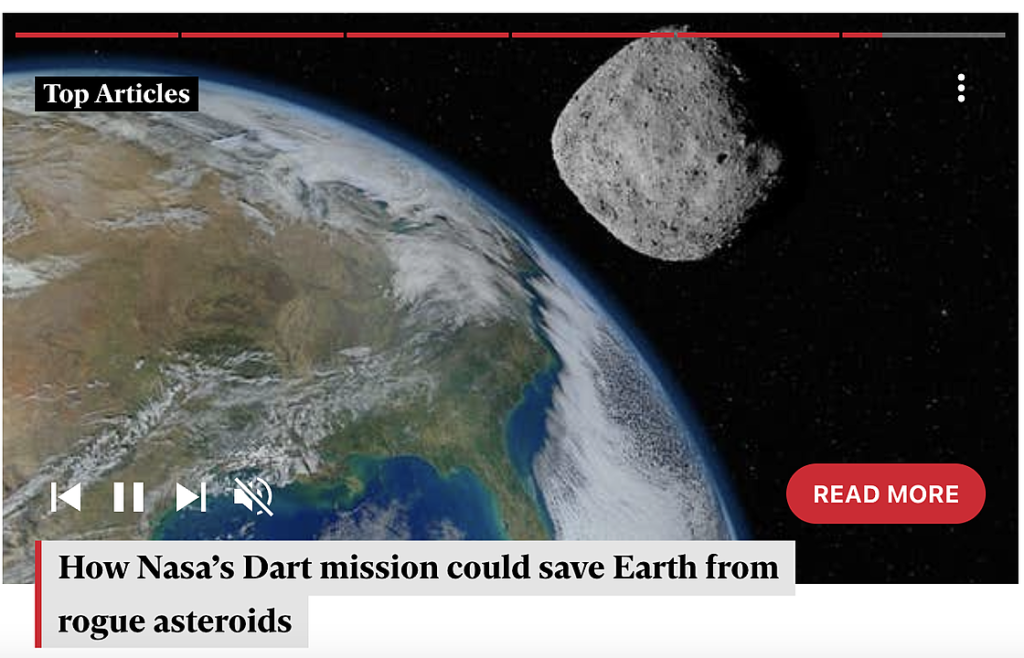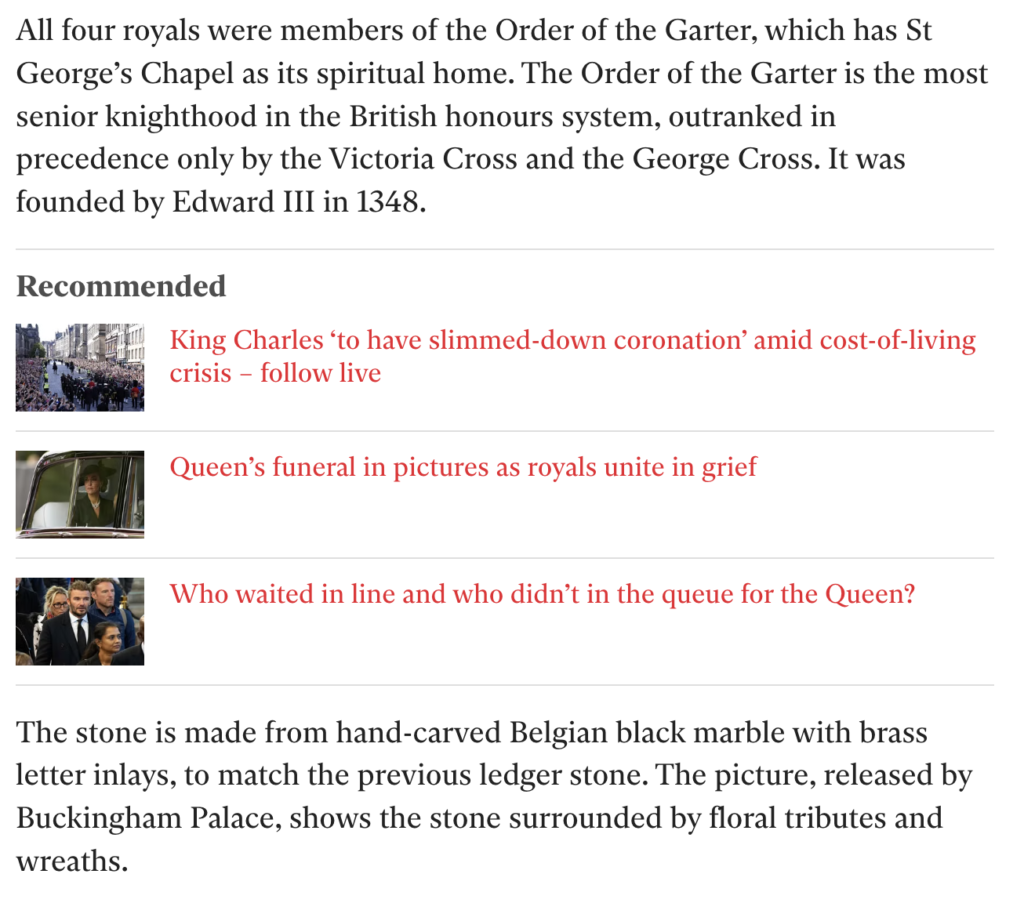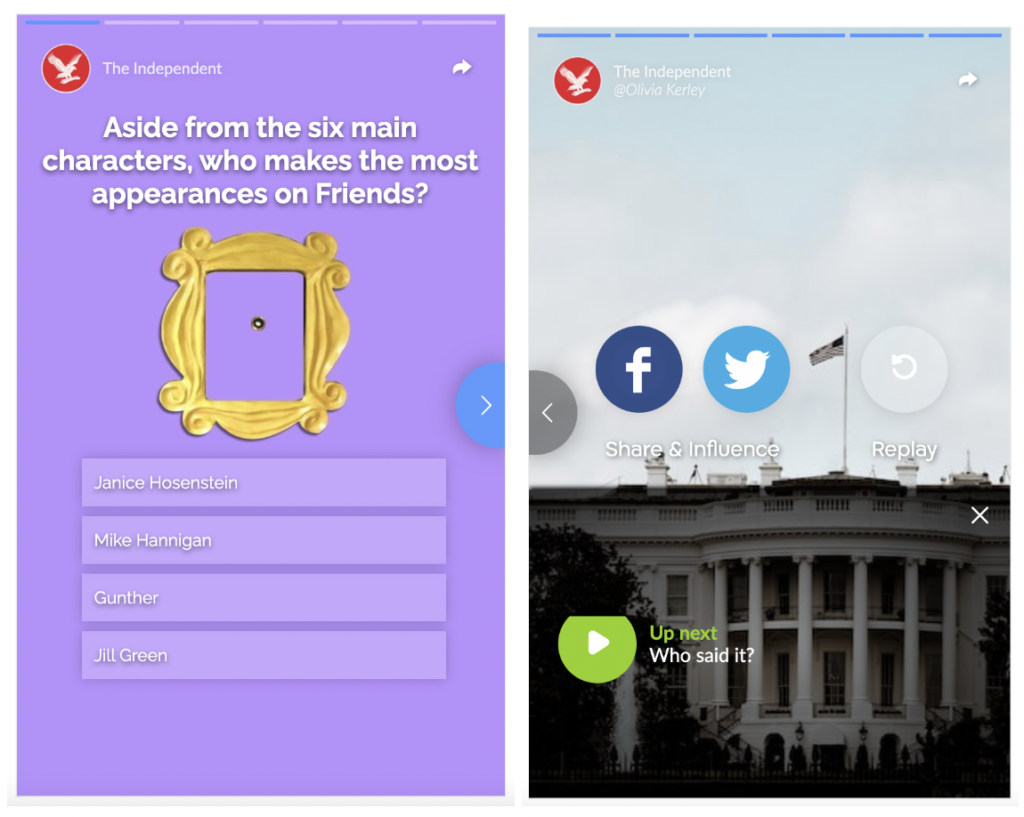

You're reading The Audiencers' newsletter #3, sent out on November 23rd, 2022. To receive future newsletters straight to your inbox every two weeks, sign up here.
Make the front page
Whilst it’s hugely valuable to have an overarching view of the publishing industry, gaining insights into trends, best practices and optimal strategies to employ, I don’t have your point of view.
As an employee within a media, you’re on the front line, facing these challenges on a daily basis, seeing exactly what works (and what doesn’t) for your specific business model.
Which is why we (and our audience) value contributions.
Share how you’ve succeeded in one area of your work, a strategy that proved beneficial to your business, or perhaps one that didn’t work so well but taught you some important lessons. Either way, I’d love to hear from you – just drop me an email and for once it’ll be you in the publication rather than behind it!
On the agenda for Newsletter #3:
- Decisions: recent findings from a study reveal 4 reasons why people don’t pay for news and I uncover some potential solutions for publishers
- Inspirations: lessons to learn from The Independent on why recirculation should be one of your key metrics and how to increase it
- Overheard this week: David Dinsmore, Chief Operating Officer at News UK, sharing his view on subscription vs advertising
- Recommendations to add to your reading list: from The Audiencers and friends
Decisions
Why people don’t pay for news
Price, access to free content, commitment and technical issues were the 4 qualitative reasons why people don’t pay for news according to a recent study by Groot Kormelink, professor in Journalism Studies at Vrije Universiteit Amsterdam.
1) Price
Limited budget and subscription saturation as publishers of various types of content fight for their place in consumer monthly spending. This was particularly true for younger audiences.
The solution: Consider ‘family’ subscriptions (which also helps reduce password sharing) and cheaper options for students or businesses as well as increasing the visibility of your low-cost offers.
2) A sufficient amount of news is already available for free
Being able to easily access a wealth of information online considerably lowers the perceived value of such information meaning online news is generally seen as less worth paying for than print.
The solution: As The New York Times puts it, “make journalism worth paying for” i.e. produce high quality content that readers can’t find for free.
3) Commitment
This comes in 3 forms:
- Commitment to just a single publisher
- Financial commitment
- Commitment to making the most of a subscription
The solution: bundling (within your own publication as well as potentially collaborating with other medias), reassurance (‘Cancel anytime’) and continuing to increase engagement post-subscription, including forming habits in your reader’s life, making it easy to commit.
4) Technical issues
This wasn’t as significant as the other points, but some users were still faced with the paywall on each visit and had to re-login in order to unlock the content.
The solution: Don’t underestimate the importance of user experience – it plays an important role in subscriber satisfaction and churn rates, which both directly impact revenues.
Find the full analysis of Groot Kormelink’s study on The Audiencers.
Research conducted by Toolkits and National Research Group also supports this study, suggesting that time (linked to commitment), price and perceived value of premium content (point no.2 above) are the top reasons for users canceling a subscription.

Inspirations
Why recirculation should be one of your KPIs and how to increase it, lessons to learn from The Independent.
Recirculation: the number of visitors to a page compared to the number of users who move from that content to another page.
Why is this a valuable KPI? Recirculation is highly more valuable to your business than acquiring more visitors because viewing more pages on each visit means higher engagement, loyalty and propensity to subscribe, all of which directly correlate to revenue.
Best in class example: The Independent
Just a single article contains 6 recirculation techniques:
- Backlinks on keywords, leading to other articles or content topics:

⭐ Best practice: differentiate these linked words and phrases from other text by placing them in another color or underlining them. This practice should be consistent across your site so users recognize where they can click.
2) An interactive, Instagram story style slideshow shares 6 top articles:

💡 Images with links generate 63% more clicks than those of text-only (data from Lenfest Institute) and, considering the amount of time your audience spends on social media, taking inspiration from there to increase engagement can only prove beneficial.
3) Recommended content within the article itself:

This is often more valuable than recommending content at the end of the article as Average Scroll Depth metrics will likely reveal that a large percentage of your audience don’t read until the end.
4) ‘Most popular’ content recommendations at the side of the page:

💡 Generic wording (e.g. “Related Stories”) generates higher CTRs than more complex wording (e.g. “What Else People Can Read on This Topic”) according to data from the Center for Media Engagement. Note how all of these examples from The Independent involve phrases with a maximum of 2 words.
5) An interactive and shareable general knowledge quiz:

💡 Quizzes and other interactive formats have proven to increase engagement and time spent on page. However, I was surprised to see this mid-article and the questions distracted me from the content itself (the very reason I was on the page). But that’s just an opinion – I guess it’s about that all important balance between frustration and engagement.
6) At the end, a small “More about” text offering links to key topics featured in the article:

💡 A final thing to bear in mind:
These 6 strategies were all employed in a single article. Of course, recirculation is valuable, but so is a pleasant, engaging user experience. If there are too many distractions or frustrating features that prevent the reader from being able to consume the article ‘in peace’, then recirculation efforts will be wasted and you may even push your reader away. This is especially true for websites that also have lots of advertising (which also distracts readers), or for users visiting on mobile devices where the screen is smaller.
Overheard this week
“I don’t think it’s paywalls vs advertising. I think it’s paywalls and advertising – both are an outcome of customer engagement and if we do not engage our customers then we cannot hope for any revenue and the models will never work”
David Dinsmore, Chief Operating Officer at News UK
My view: I’m definitely in agreement. As expert Carolyn Morgan once said to me, it’s about going where the money is.
If a user is highly engaged, comes to your site daily and consumes a great deal of content, you can maximize their value to your business through subscription.
However, the majority of users are volatile (80-90% according to Poool research) and will only visit once a month. In this case, the best option is to increase ARPU through advertising, accepting cookies and potentially by encouraging free registration to collect first-party data.
In-house content to read…
Increasingly more brands are taking a page out of publisher’s books, turning to content to better acquire, engage, monetize and retain their customers.
- Red Bull have their Red Bulletin
- Makeup.com by L’Oreal
- Away (the luggage brand) publish Here magazine
- …to name just a few examples.
One of the companies supporting these brands to achieve this is Intuiti, a French marketing agency that believe so strongly in the value of brand publishing that they’ve even done it themselves. According to Quentin Franque, Head of Marketing and Communications, Decriiipt has supported the brand in more ways than he can imagine.
For this article, I asked Quentin exactly how and why they moved to brand publishing, as well as inviting him to share best practices for others hoping to do the same.
- Managing editorial at Unify’s 3 women’s brands – how and why Elodie Mandel gives an objective to each content
- Why retention is more important than acquisition – with the current economic climate, the increasing competition between content producers to win their place in consumers’ wallets, and the enormous amount of content of offer for free, retention has never been more important.
…and recommendations from elsewhere
- For our Spanish-speaking readers: recomendaciones para identificar y hablar con personas que aun no confian en los medios
- Media Moments 2022 report is out on November 30th: sign up here to get sent this valuable report as soon as its live (for free!)
- Google, FT Strategies, and INMA’s Media Subscriptions Town Hall, free live stream available here
Stay in the loop until our next newsletter by giving us a follow on LinkedIn or Twitter.
All the best,
Madeleine
The Audiencers’ newsletter: from professionals to professionals
Sign up to our newsletter – real-life examples, expert points of view and inspirations from publishers around the world to help you do your job better. Sent every two weeks.


